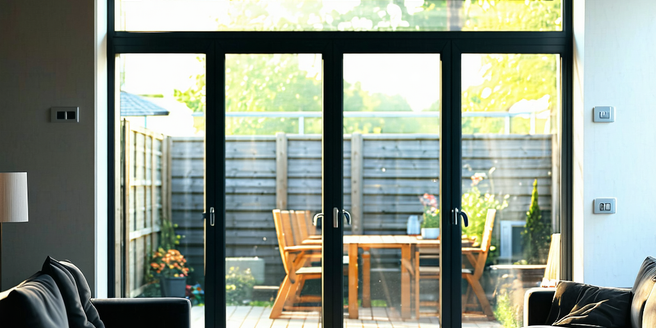Energy-efficient Home Upgrades

Insulating Your Home for Maximum Efficiency
Insulating your home effectively is crucial for maximizing energy efficiency and reducing utility costs. Proper insulation acts as a barrier to heat loss during winter and heat gain during summer, maintaining a more consistent indoor temperature. Start with areas prone to energy loss, such as the attic, walls, and floors. In addition to insulation, checking for air leaks around electrical outlets can further enhance energy conservation. Use materials with high R-values, like spray foam or fiberglass, to boost insulating efficiency. Consider weather-stripping doors and windows to seal any drafts. Investing in high-quality insulation not only improves comfort but also reduces the burden on your heating and cooling systems, thus saving energy. Regular inspection and maintenance ensure continuous performance and energy savings.
Upgrading to Energy-efficient Windows and Doors
Replacing outdated windows and doors with energy-efficient alternatives can significantly reduce energy costs. Modern windows equipped with double or triple glazing and low-emissivity (Low-E) coatings reflect heat and reduce energy loss. Additionally, they can provide better security features compared to older versions. Installing these products can also lead to a reduction in your carbon footprint, supporting environmental sustainability. Look for options with high Energy Star ratings as they meet or exceed energy efficiency standards. Similarly, insulated doors minimize air leakage, contributing to a more controlled indoor climate. Opting for materials such as uPVC frames offers better thermal performance. These upgrades not only enhance monetary savings but also improve home comfort by reducing drafts and noise. Such investments increase property value and align with sustainable housing practices.
Smart Thermostats: A Small Change for Big Savings
Introducing smart thermostats into your home is a small change with significant energy-saving benefits. These devices learn your schedule and preferences, optimizing heating and cooling even when you’re not home. Scheduling capabilities and remote access via smartphones allow efficient adjustments aligned with real-time needs. Moreover, the adaptability of these thermostats ensures they evolve alongside your lifestyle changes. Additionally, the integration with other smart home systems enhances seamless control over your home’s environment. By optimizing HVAC usage, smart thermostats not only reduce energy consumption but also lower utility bills, delivering substantial savings over time. They offer insights into energy use, helping homeowners make informed decisions to improve efficiency further. Installation is typically straightforward and compatible with most existing systems, making it a practical upgrade.
The Role of Renewable Energy: Solar Panels and Beyond
Harnessing renewable energy sources like solar panels transforms homes into sustainable, energy-efficient havens. Solar panels reduce dependence on non-renewable resources, lowering greenhouse gas emissions and energy costs. With technology advancing and costs declining, solar panel installation is increasingly accessible. Homeowners are finding it easier than ever to transition to renewable energy. It allows homes to generate their own electricity, sometimes even producing surplus energy that can be sold back to the grid. As a result, homeowners can enjoy both financial and environmental rewards. Beyond solar, explore options like wind turbines or geothermal systems, which offer additional pathways to renewable energy utilization. Government incentives and tax credits can make these investments more attractive, leading to long-term savings and environmental benefits.
Efficient Lighting Solutions to Reduce Energy Use
Transitioning to energy-efficient lighting solutions is an effective strategy for reducing power consumption. LED bulbs, for instance, use significantly less electricity than traditional incandescent bulbs and have a longer lifespan. They are available in various colors and brightness levels to suit different needs and settings. The advancements in lighting technology continue to make LEDs more accessible and affordable for the average consumer. Additionally, smart lighting systems allow for automated control, using sensors to turn lights on or off based on occupancy. They can also be programmed to adjust to natural light levels, optimizing energy use throughout the day. Incorporating these technologies not only decreases energy bills but also contributes to environmental sustainability by lowering overall consumption.